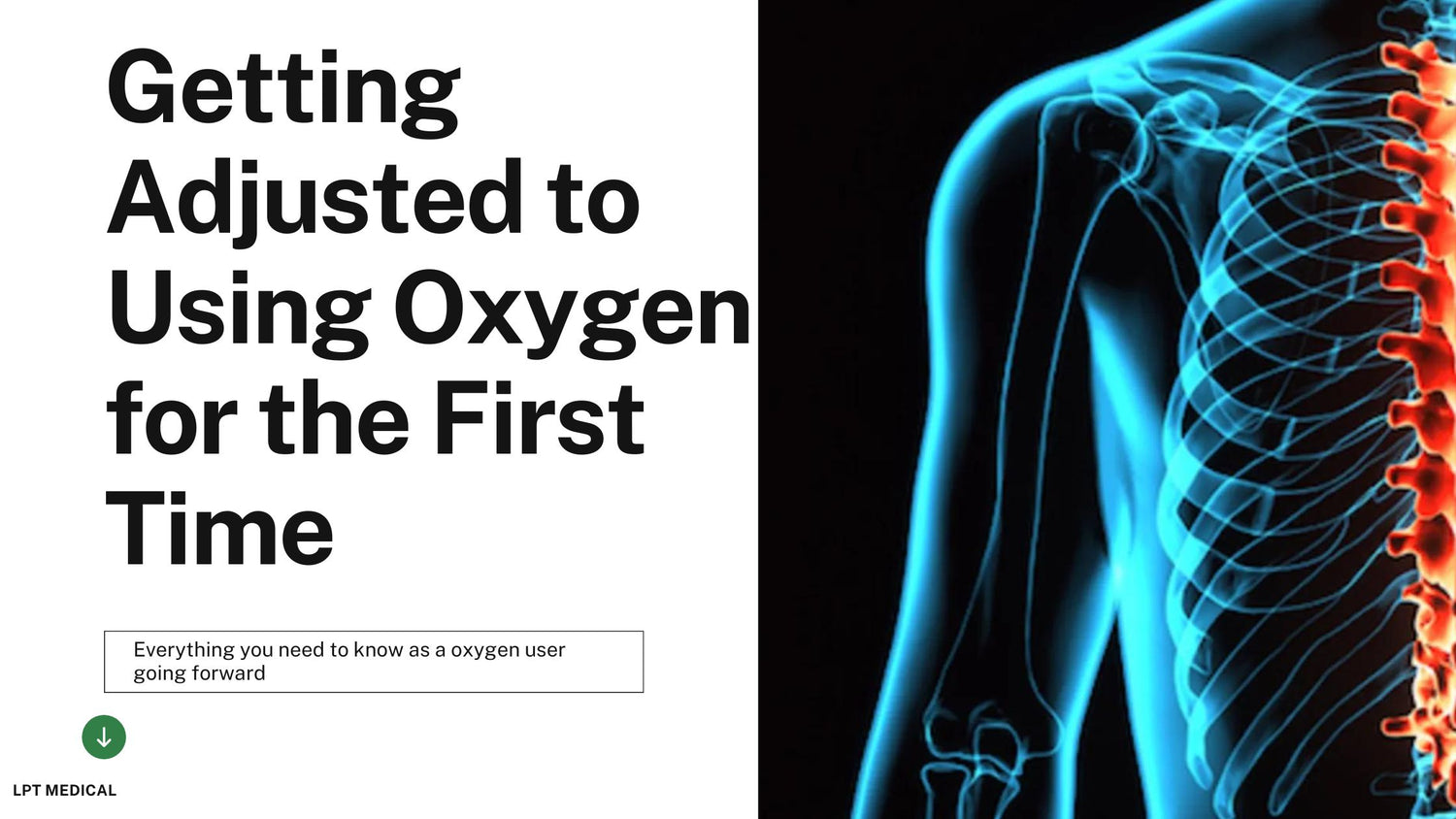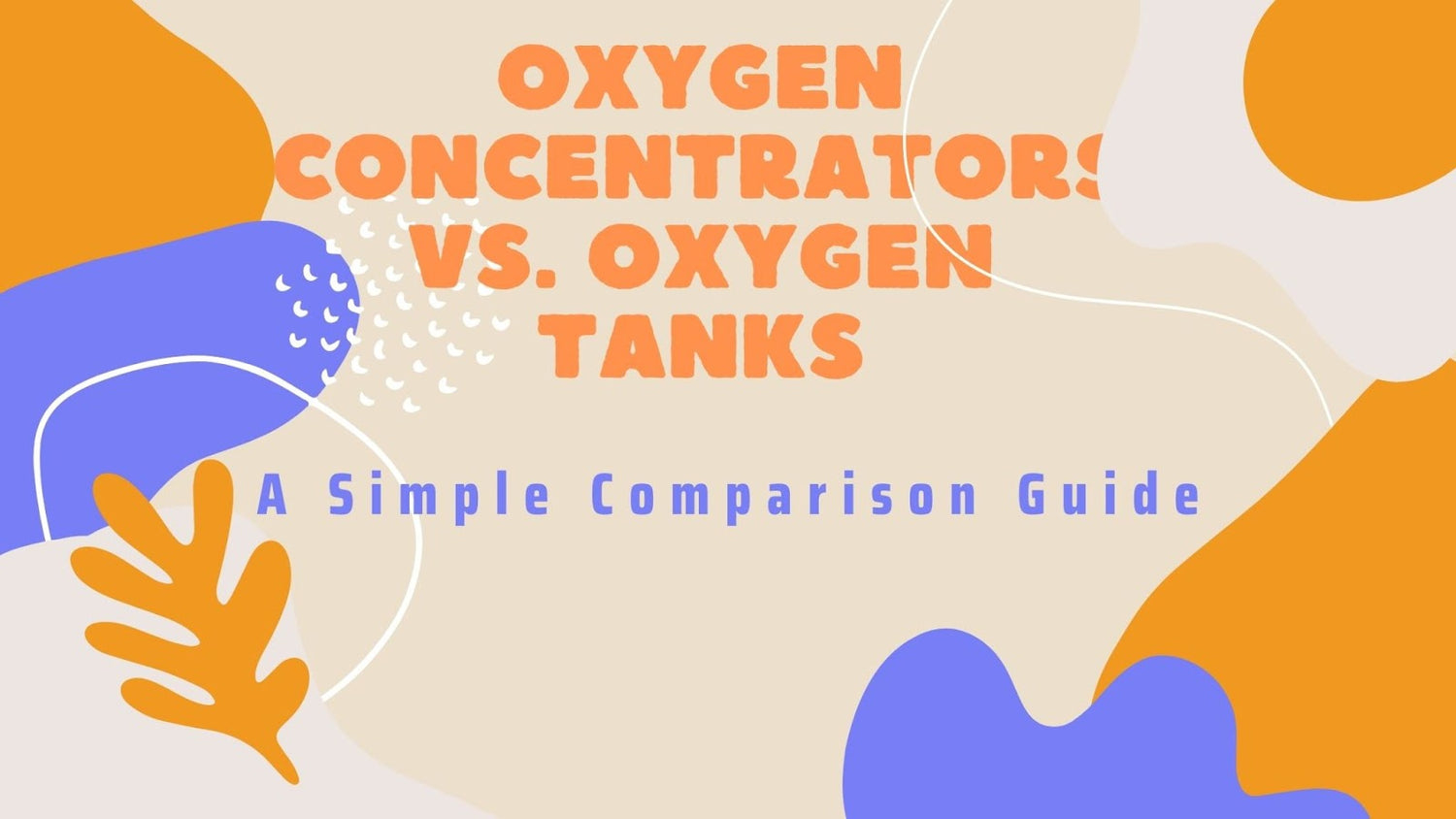Respiratory Resource Center - LPT Medical
Getting Adjusted to Using Oxygen for the First Time
Oxygen- It's as simple as inhaling and exhaling?...
Read MoreOxygen Concentrators vs. Oxygen Tanks: A Basic Comparison Guide
If you’ve been searching for a medical oxygen...
Read More7 Reasons Portable Oxygen Concentrators are Great for In-Home Oxygen Therapy
Here at LPT Medical, we’ve always taken pride in...
Read More


